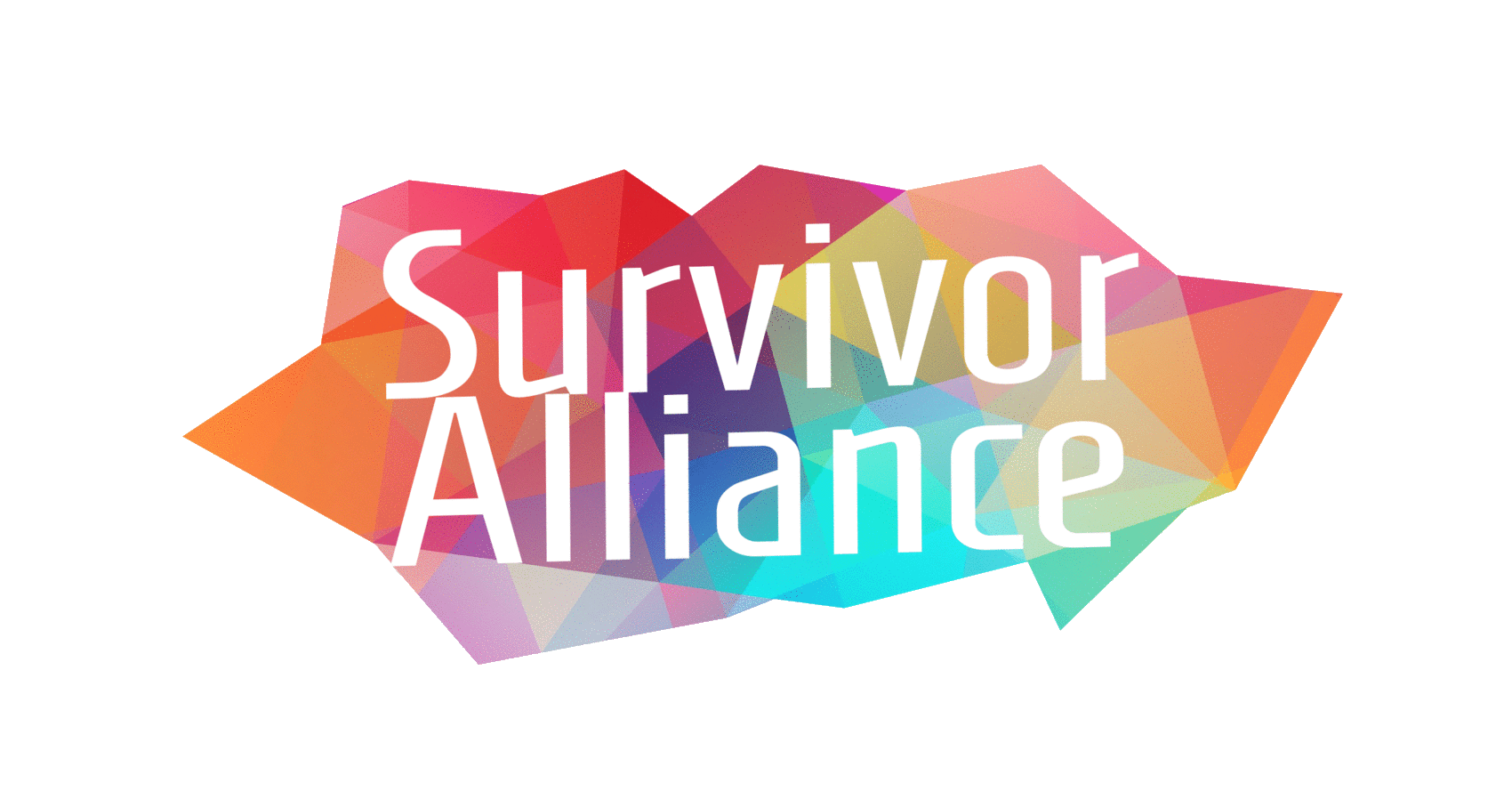Building a Diverse and Inclusive Movement
The successful creation of the Action Plan for Survivor Leadership in the Next Decade proves that through determination, thoughtful planning, and a transparent process, a thoroughly representative and effective movement that addresses the challenges, needs, and demands of survivors of human trafficking and modern slavery is possible.
In supporting the facilitation and execution of this process, I had the privilege of navigating the intricacies of balancing voices, experiences, and perspectives to form a resilient and dynamic force. Along the way, I learned simple, experiential truths like; diversity is indeed strength, the spice of human interactions, and our existence is fundamentally interconnected. It was interesting to discover how a combination of the elements of our lived experiences, life stories, and backgrounds worked together to create an outcome that is greater than what could ever be achieved alone.
“...in diversity, there is beauty, and there is strength. We all should know that diversity makes for a rich tapestry, and we must understand that all the threads of that tapestry are equal in value no matter their color”
- Maya Angelou
Why does diversity matter? Consider the interlacing of different strands of thread made up of several fibers, woven together to create a fabric. The threads come in various colors and patterns and run in different directions. This makes the specifics of one fabric unique from another.
Much like these threads that make up a fabric, our individual experiences shape our appearance, perspectives, identity, and personalities. Leveraging these elements for the collective good is necessary. Embracing these differences and unifying the components strengthens collective action and makes for an effective and resilient force.
It is such a diverse and inclusive movement that the Action Plan advocates for; one that considers the dynamics of these differences, allows for individuality and authenticity, and creates space for them to thrive. It proposes an environment where every thread, story, and voice is equally recognized, given a seat at the table, and valued. Acknowledging a voice is one thing; valuing it is another.
With no voice being superior or more deserving of upliftment than another, building an inclusive movement means creating grounds for everyone to feel safe enough to be brave and brave enough and still feel safe. When openness and authenticity are encouraged, we will create a relatable and genuine movement.
The call to diverse representation and inclusion within the movement is the responsibility of every stakeholder in the anti-trafficking sector to ensure that policies, actions, inactions, and interactions reflect a commitment to this principle. Is it as easy to achieve as it sounds? Probably not, but it is possible (seriously, have you read the Action Plan?!). The first step, I believe, is making intentional, purposeful commitments and then taking action to tear down barriers and systems that harm and traditionally exclude marginalized communities and voices.
"Charity, they say, begins at home. So too with social justice."- Wizard of the Crow by Ngugi wa Thiong'o
Genuine diversity and inclusion cannot be achieved if we do not begin with ourselves. Movement enthusiasts must look inward and be determined to review and change structural and systemic barriers within their own organizations agencies, and selves. Start at the core of your day-to-day operations to create a ripple effect that influences the broader sector for meaningful, lasting change.
In practice, this could manifest in some ways, among countless others, from providing translation services for non-native speakers to ensuring accessibility for those with disabilities. Review your HR and employment policies to ensure they embrace the diverse experiences that survivors bring whether professional or not. Recognizing that each survivor's healing journey is different. Offer training if needed, and show compassion when someone isn’t catching on quite as quickly as others. Understand that the absence of a university degree or professional certification does not disqualify a survivor’s lived experience. Condemn tokenism and superficial representation. Give survivors the space to lead and have an edge in decision-making. These practical steps are foolproof; how do I know? Because they were mostly adopted throughout the Action Plan process.
Building an inclusive and diverse movement requires all hands on deck -allies and survivors alike. It is a never-ending journey that demands continuous learning, unlearning, and relearning until we get to the point where our differences are celebrated as a source of strength and innovation. We must measure our intentions to not only be reactive to the sectoral buzz and hype around diversity and inclusion but proactively create structures that dismantle the barriers that prevent it from flourishing.
As we advance, I invite you to reflect on your role in implementing cultures that embrace diversity and promote inclusion, which ultimately models the kind of movement we aspire to build.
Written by Eseosa Eguamwense.
Eseosa Eguamwense is a lived-experience professional and a dedicated advocate for ethical survivor engagement practices. With a background in writing, communications design & management, performing arts, and community engagement, she employs her skills to connect survivors to tools and resources that foster healing and to thrive both professionally and in their personal lives.
Drawing from her journeyto movement leadership, Eseosa emphasizes the importance of systemic change and professional development opportunities for survivors beyond their lived experiences. She is committed to creating supportive and inclusive spaces where survivors can develop their skills, build confidence, and pursue their chosen paths.
Eseosa hopes to pursue a pathin filmmakingin the near future.If you don't find her cackling with laughter, you will find her in the kitchen cooking for friends, mostly singingwhile doing so!


